Lesotho, often referred to as the “Kingdom in the Sky,” is a landlocked country surrounded entirely by South Africa. Known for its breathtaking mountainous landscapes and rich cultural heritage, the country offers travelers a unique experience unlike any other. With its capital city, Maseru, serving as the political and economic center, Lesotho is renowned for its vibrant traditions, traditional crafts, and warm hospitality.
Table of Contents
Geography
Lesotho is located in Southern Africa, bordered entirely by South Africa, making it one of the few countries in the world situated within another country. Covering an area of approximately 30,355 square kilometers, the country is characterized by its rugged terrain, with mountains covering over 70% of its land. The country is predominantly situated at high altitudes, with most of it lying above 1,800 meters, earning it the nickname “Kingdom in the Sky.”
The most prominent geographical feature of Lesotho is the Maloti Mountains, which provide stunning vistas and serve as a source of rivers that flow into neighboring regions. The highest peak in Lesotho is Thabana Ntlenyana, reaching an elevation of 3,482 meters, making it the highest point in southern Africa. The country experiences a temperate climate with distinct wet and dry seasons, making it ideal for agriculture and livestock farming.
States of Lesotho
Lesotho is a landlocked country and is divided into 10 districts, which are similar to states. These districts include: Here’s a table with the districts of Lesotho and their capitals:
| No. | District | Capital |
|---|---|---|
| 1 | Berea | Teyateyaneng |
| 2 | Butha-Buthe | Butha-Buthe |
| 3 | Leribe | Tsoelike |
| 4 | Mafeteng | Mafeteng |
| 5 | Maseru | Maseru |
| 6 | Mohale’s Hoek | Mohale’s Hoek |
| 7 | Mokhotlong | Mokhotlong |
| 8 | Qacha’s Nek | Qacha’s Nek |
| 9 | Quthing | Quthing |
| 10 | Thaba-Tseka | Thaba-Tseka |
History
Lesotho’s history is rich and complex, shaped by the struggles of its people against colonial forces and the preservation of their cultural identity. The Basotho people, the primary inhabitants of Lesotho, are believed to have settled in the region around the 16th century. The legendary King Moshoeshoe I founded the Basotho nation in the early 19th century, uniting various clans to form a powerful kingdom.
During the 19th century, Lesotho faced significant challenges from both internal conflicts and external threats, particularly from Boer settlers. The kingdom sought to protect its sovereignty by forming alliances with the British, leading to the establishment of Lesotho as a British protectorate in 1868. This period saw the imposition of colonial rule, which affected the kingdom’s governance and land ownership.
Lesotho gained full independence from British rule on October 4, 1966, becoming a constitutional monarchy under King Moshoeshoe II. However, political instability and power struggles plagued the country in the following decades, leading to military coups and conflicts. Despite these challenges, Lesotho has made strides towards democracy, with multi-party elections and a commitment to political stability.
Top Ten Must-Visit Destinations
1. Thabana Ntlenyana
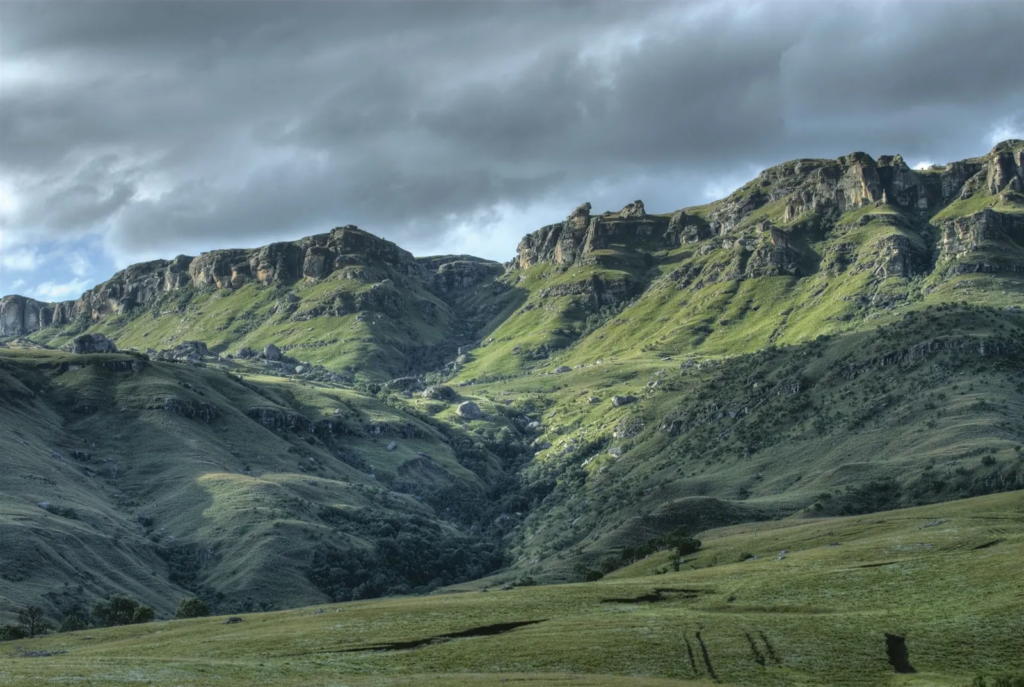
Thabana Ntlenyana is the highest peak in southern Africa and a popular destination for hikers and trekkers. The stunning views from the summit offer a panoramic perspective of the surrounding mountains and valleys. The trek to the top is challenging but rewarding, showcasing the breathtaking beauty of Lesotho’s landscapes.
2. Maloti Mountains
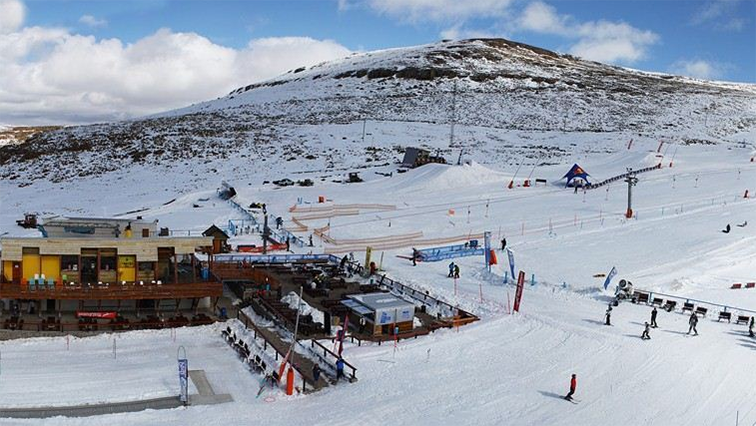
The Maloti Mountains provide a dramatic backdrop for outdoor adventures, including hiking, mountain biking, and birdwatching. Visitors can explore the diverse flora and fauna while taking in the stunning scenery. The mountains are also home to several traditional villages where travelers can experience local culture and hospitality.
3. Sani Pass
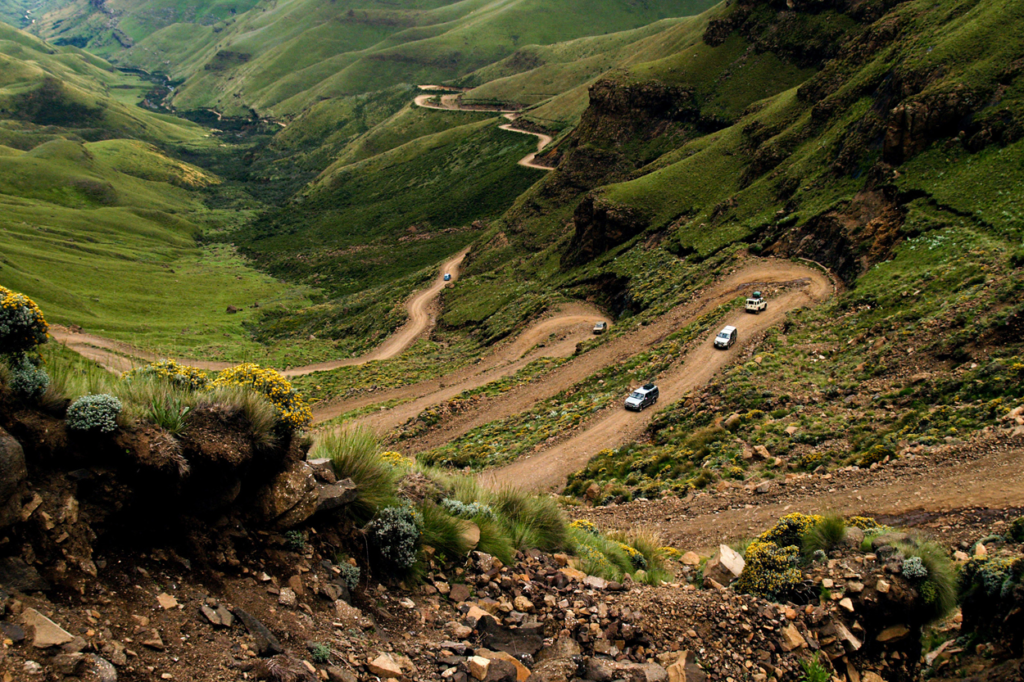
Sani Pass is a scenic mountain pass that connects Lesotho to South Africa, offering breathtaking views and thrilling drives. Known for its challenging terrain, Sani Pass is a popular destination for adventure seekers and 4×4 enthusiasts. The highest pub in Africa, located at the top of the pass, is a must-visit for travelers.
4. Maseru

Maseru, the capital city of Lesotho, is a vibrant urban center where visitors can explore local markets, shops, and restaurants. The city is home to several cultural attractions, including the Lesotho National Museum, which showcases the history and heritage of the Basotho people. The bustling atmosphere of Maseru offers a glimpse into everyday life in Lesotho.
5. Katse Dam
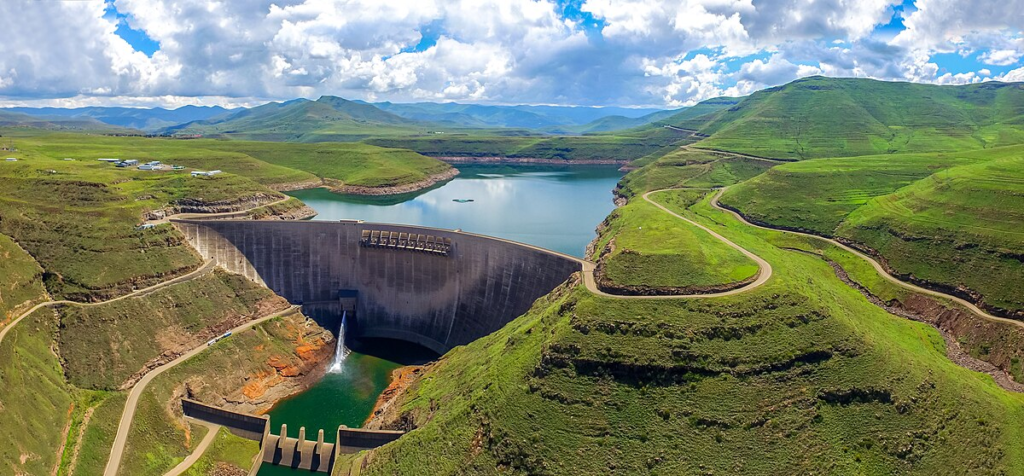
Katse Dam is one of the largest dams in Africa and a remarkable engineering feat. Visitors can take guided tours to learn about the dam’s construction and its role in providing hydroelectric power and water supply to both Lesotho and South Africa. The surrounding landscapes offer stunning views of the dam and the Maloti Mountains.
6. Lesotho Highlands Water Project
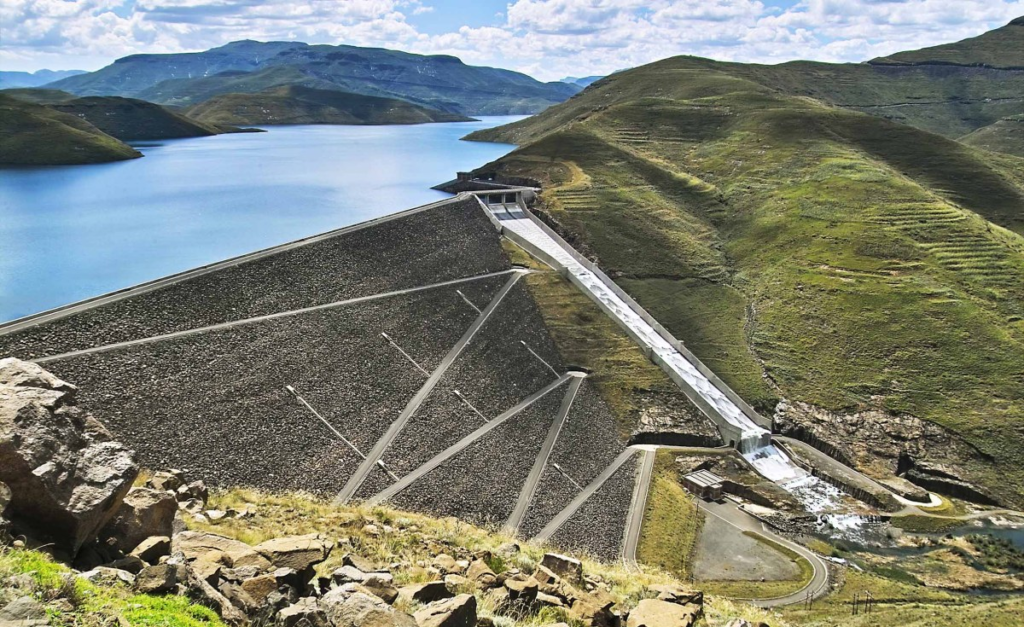
The Lesotho Highlands Water Project is an ambitious initiative that aims to supply water to South Africa while generating hydroelectric power for Lesotho. Visitors can learn about this transformative project and its impact on the country’s economy and infrastructure. The project includes scenic views and opportunities for outdoor activities.
7. Liphofung Cave
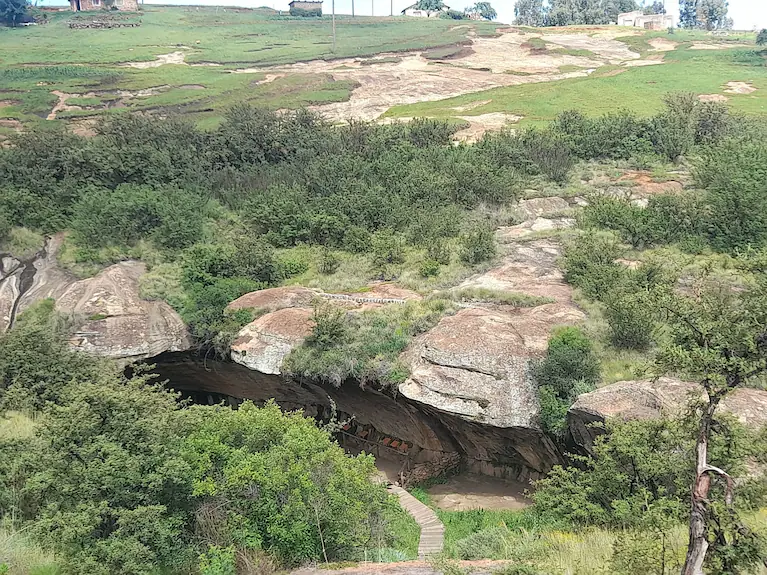
Liphofung Cave is an important archaeological site and a UNESCO World Heritage site. The cave features ancient rock paintings created by the San people, providing insight into the region’s history and culture. Guided tours allow visitors to explore the cave’s significance and learn about the art and lifestyle of its ancient inhabitants.
8. Semongkong
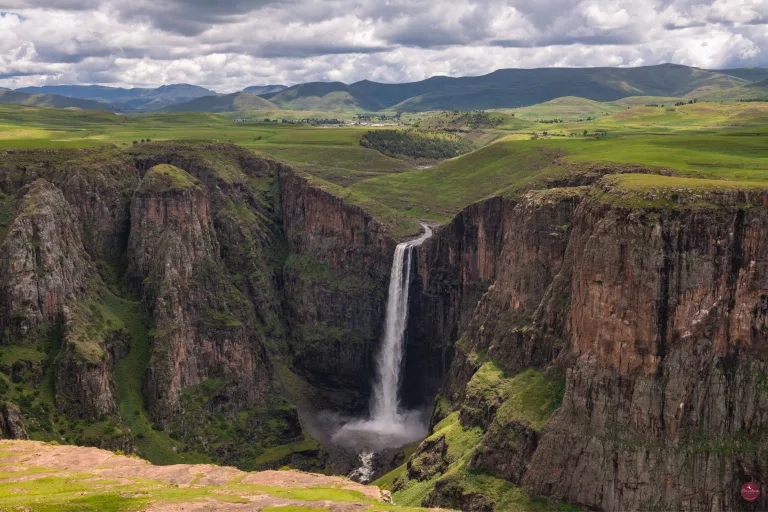
Semongkong is a charming village known for its stunning landscapes and traditional Basotho culture. Visitors can engage in various outdoor activities, including hiking, horseback riding, and exploring local crafts. The village offers a glimpse into the everyday lives of the Basotho people, making it a great place for cultural immersion.
9. Teyateyaneng

Teyateyaneng is a town famous for its pottery and traditional crafts. Visitors can explore local workshops and markets where artisans create beautiful pottery and other handcrafted items. This destination provides a unique opportunity to purchase authentic Basotho crafts and interact with local artisans.
10. Mokhotlong

Mokhotlong is a remote and picturesque town located in the eastern part of Lesotho. Surrounded by majestic mountains, it offers breathtaking views and a serene atmosphere. Visitors can engage in outdoor activities, such as hiking and birdwatching, while enjoying the tranquility of the natural surroundings.
Culture
Lesotho’s culture is deeply rooted in the traditions and customs of the Basotho people. The country is known for its rich oral history, storytelling, and vibrant music and dance. Traditional music often features instruments like the lesiba (a stringed instrument) and drums, and performances are an integral part of cultural celebrations and ceremonies.
The Basotho people have a strong sense of community and place great importance on family and social ties. Traditional ceremonies, such as weddings and initiation rites, are significant cultural events that bring communities together. The colorful Basotho blanket, worn by both men and women, is a symbol of cultural identity and pride.
The Basotho language, Sesotho, is widely spoken and is an essential aspect of the country’s cultural heritage. It is used in daily communication, education, and cultural expressions. The preservation of traditional crafts, such as weaving and pottery, is also a vital part of Lesotho’s cultural identity, showcasing the skills and creativity of its artisans.
Festivals
Lesotho celebrates various festivals that highlight its cultural richness and heritage. One of the most notable is the Moshoeshoe Day, celebrated on March 11 each year to honor the founder of the Basotho nation, King Moshoeshoe I. The day is marked by cultural performances, parades, and communal gatherings, showcasing the pride of the Basotho people.
The Lesotho Highland Games is another exciting event that attracts visitors and locals alike. This festival features traditional sports, including wrestling, horse racing, and tug-of-war, along with cultural performances and displays of Basotho craftsmanship. It provides an opportunity for the community to come together and celebrate their heritage.
Additionally, the Christmas and New Year celebrations in Lesotho are vibrant and filled with festive activities, including church services, family gatherings, and traditional feasts. These celebrations reflect the country’s blend of indigenous customs and Christian traditions, making them an essential part of the cultural calendar.
Economy
Lesotho’s economy is primarily based on agriculture, manufacturing, and remittances from Lesotho citizens working abroad, particularly in South Africa. Agriculture is a significant source of livelihood for many households, with crops such as maize, sorghum, and potatoes being cultivated in the highlands. Livestock farming, including sheep and cattle, also plays a crucial role in the country’s economy.
Lesotho has a growing textile and garment industry, benefiting from trade agreements with countries like the United States under the African Growth and Opportunity Act (AGOA). This sector has provided employment opportunities for many, especially women. Additionally, the Lesotho Highlands Water Project contributes significantly to the economy by generating revenue through water sales to South Africa.
Tourism is an emerging sector, with increasing numbers of visitors attracted to Lesotho’s natural beauty, outdoor activities, and cultural experiences. The government is actively promoting sustainable tourism to enhance economic growth while preserving the country’s rich cultural heritage.
Cuisine
Lesotho’s cuisine reflects the country’s agricultural practices and cultural influences. The staple food is maize, which is often prepared as papa (a thick porridge) and served with various side dishes. Other traditional foods include moseshoe (a type of stew made with meat and vegetables), dikhobe (a local dish made from beans), and sesotho (a stew made with greens).
Meat is an essential part of Basotho cuisine, with lamb and goat being particularly popular. Traditional cooking methods include using clay pots over open fires, giving the food a distinct flavor. Visitors can also enjoy local snacks such as boerewors (sausage) and samoosas at markets and roadside stalls.
The influence of South African and other regional cuisines can also be seen in Lesotho’s food culture, with dishes like bunny chow and braai (barbecue) gaining popularity. Communal dining is an important aspect of Basotho culture, with families and friends gathering to share meals during special occasions and celebrations.
Top Eight Most Famous Food




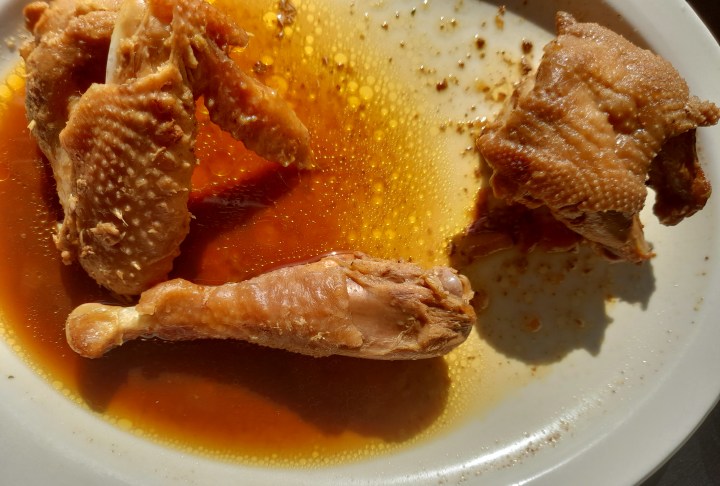



Interesting Facts
- Lesotho is the only country in the world entirely surrounded by another country.
- The official languages of Lesotho are Sesotho and English.
- Lesotho is known for its stunning mountain scenery, with over 70% of its land area being mountainous.
- The country has a high-altitude climate, with temperatures dropping significantly in winter.
- The Basotho people are renowned for their vibrant traditional music and dance.
- Lesotho is home to the highest pub in Africa, located at Sani Pass.
- The country is famous for its colorful Basotho blankets, which symbolize cultural identity.
- Lesotho’s national animal is the Black Rhino.
- The country has several UNESCO World Heritage sites, including the Sehlabathebe National Park.
- Lesotho celebrates its independence from British rule on October 4 each year.
Conclusion
Lesotho, the Kingdom in the Sky, is a captivating destination that offers breathtaking landscapes, rich cultural heritage, and warm hospitality. From the towering peaks of the Maloti Mountains to the vibrant streets of Maseru, visitors can immerse themselves in the beauty and traditions of this remarkable country. With its unique blend of history, culture, and natural wonders, Lesotho promises an unforgettable journey for all who venture into its majestic landscapes.
let’s enjoy few years on earth with peace and happiness….✍🏼🙏

